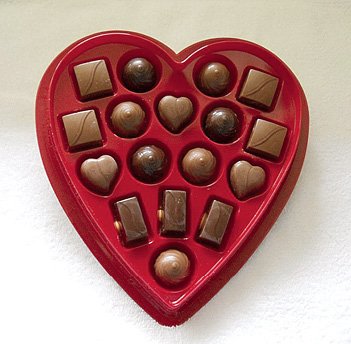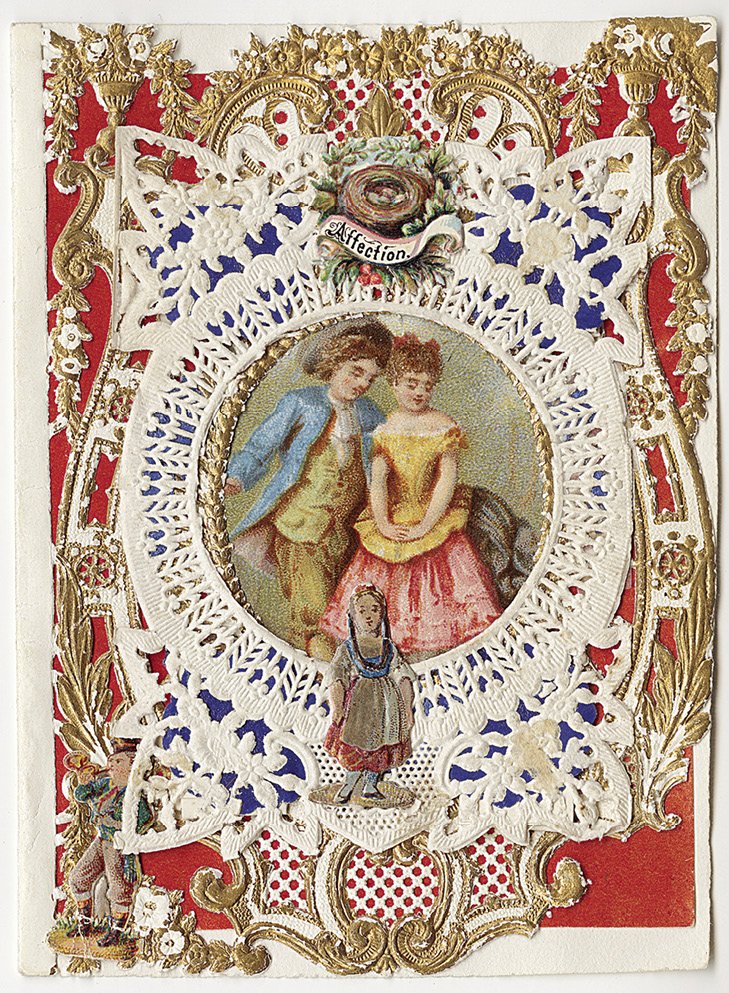OK, I admit it. Throughout the years I’ve considered the annual Valentine’s Day on February 14 as a modern-day commercialized event, promoted by businesses to sell cards, chocolates and flowers. But after doing some research, it looks like I was wrong—Valentine’s Day has a history going back more than 1,500 years ago.
Historians place the origin of Valentine’s Day at 496 A.D. That’s the year when Pope Gelasius 1 established the first Feast of Saint Valentine on February 14 to honour Saint Valentine of Rome, a third century Roman priest and physician who died as a martyr around 270 A.D. As the story goes, before St. Valentine died, he wrote a note to his jailor’s daughter whom he had befriended, signed it “from your Valentine” and miraculously she regained her sight to read the note. (Some sources indicate the same story may have been two separate priests named Saint Valentine in different years, however, St. Valentine of Rome is the one attributed to Valentine’s Day.)
According to historians, there is no record connecting romance and Valentine’s Day until medieval English poet Geoffrey Chaucer wrote his 700-line poem “Parliament of Foules” in 1382-83, linking February 14, love and St. Valentine’s Feast day. In the poem, Chaucer refers to February 14 as the date for a parliament for birds to choose their mates (i.e. lovebirds). Chaucer wrote in the Middle English of the time, “For this was sent on Seynt Valentyne’s day / When every foul cometh ther to choose a mate.” So, while the Pope may have established the feast in 497 A.D., it was Chaucer hundreds of years later who first recorded Valentine’s Day as a day of romantic love.
Written Valentines began to appear in England sometime after 1400. The oldest known surviving Valentine—now in the British Library in London, England—is a poem written in 1415 by Charles, Duke of Orleans to his wife while he was imprisoned in the Tower of London. By the mid-1700s, handwritten notes at Valentine’s Day were commonly exchanged in England. So popular were these notes that in 1797, a British publisher issued “The Young Man’s Valentine Writer” containing suggested sentimental verses for those who had trouble composing their own. Later in the 1800s, fancy printed paper Valentine’s with real lace and ribbons became so popular that more than 3,000 were employed assembling them.

In the United States, while exchanging Valentine notes may have started early in the 1700s, the first mass-produced Valentines of embossed paper lace appeared around 1850, thanks to Esther A. Howland (1828-1904) of Worcester, Massachusetts. Daughter of a book and stationery store owner, she was inspired by an ornate English Valentine she received from a business associate of her father. She began a business designing elaborate Valentine’s Day cards and hiring others to assemble them. Howland became known as “The Mother of American Valentines” and her company New England Valentine Company was eventually grossing more than $100,000 annually. Since 2001, the U.S. Greeting Card Association has been awarding an annual “Esther Howland Award for a Greeting Card Visionary.”
Credit for the idea of Valentine’s Day chocolates in heart-shaped boxes goes to England’s Richard Cadbury, of the Cadbury chocolate making family. He used the excess pure cocoa left over from making the company’s chocolate drink to make ‘eating’ chocolates and packaging them in decorated boxes with artistically-designed Alpine and family scenes. Then, in 1861 for Valentine’s Day, he was the first to produce heart-shaped boxes decorated with Cupids and rosebuds for the Cadbury chocolates.
In her book Bitter Chocolate: Anatomy of an Industry, author Carol Off wrote, “It was the firm’s marketing genius that first made chocolate a part of Valentine’s Day in Great Britain and a symbol of romantic love.”
If you have received flowers for Valentine’s Day, well that tradition goes back the 17th century and Sweden’s King Charles II. As the story goes, during a trip to Persia, he was introduced to the “language of flowers,” the idea of sending flowers to a loved one with each flower having a meaning. In the 18th century, flower bouquets became a kind of secret romantic conversation. Today, red roses, which symbolize romantic love, are the most popular for Valentine’s Day.
Fast forwarding to the 21st century, Valentine’s Day continues to be a big business, growing each year. For example, back in 1913, Hallmark offered its first Valentine’s card; three years later in 1916, they began mass-producing them; and, now 145 million Valentine cards are now exchanged industry-wide. The National Retail Federation reports that the average person celebrating Valentine’s Day spent $143 in 2018. And in February 2020, Forbes magazine estimated that in the U.S., about $20 billion would be spent that year on Valentine’s Day.




